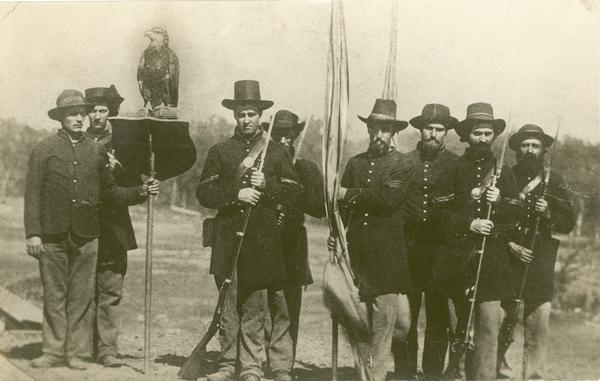A Yell of Defiance: With Hawkins’ Zouaves at Antietam

A dvancing over a series of hills and ridges south of Sharpsburg on the afternoon of September 17, 1862, one member of Hawkins’ Zouaves remembered the devastating impact that a volley of Confederate musketry had upon his regiment. “An entire Rebel division was drawn up behind the stone wall to receive us,” he wrote. “As we mounted the last crest of the hill, directly in front of the wall, we were received by a volley of musketry and a discharge of grape. My God, it was terrible! Over 20 of our men were killed by that one discharge and nearly 60 wounded. A yell, a wild shout of agony from those that had fallen, a yell of defiance from those that were left, and we rushed on the foe without cartridges.” During the Maryland Campaign, the Hawkins’ Zouaves, also known as the 9 th New York Volunteer Infantry, was assigned to Colonel Harrison S. Fairchild’s First Brigade of General Isaac P. Rodman’s Third Division of the 9 th Army Cor...











